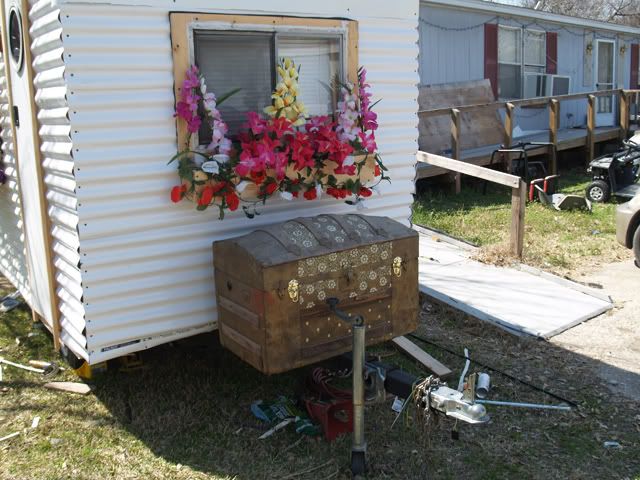Quote for propane install
60 posts
• Page 2 of 4 • 1, 2, 3, 4
Re: Quote for propane install
I got another estimate from a local RV shop on the work @ 6 hours of labor - $120/hr + $180 in parts = $900. Much better than the first estimate. The gentleman I talked with stated that on a short run to a single device that we could use a single stage regulator and a rubber hose into the trailer. I'll have to think about that option.
I think I'm getting more comfortable with the idea of doing it myself and hiring someone to do an inspection on the system.
I think I'm getting more comfortable with the idea of doing it myself and hiring someone to do an inspection on the system.
- zroadhouse
- Teardrop Master
- Posts: 143
- Images: 103
- Joined: Mon Apr 07, 2014 3:23 pm
- Location: Austin, TX
Re: Quote for propane install
bobhenry wrote:Here is a further explaination of the drip leg.
I had problems with this fireplace
and finally called in professional help. The furnace guy was even almost at a loss. He was finally convinced the orifice was clogged. I stripped a very fine stranded wire and pushed it thru the opening. I couldn't tell any difference but we reinstalled it and it worked. He pointed out that my 1/2 steel threaded pipe goes directly to the flex gas line. He suggested I re-plumb slightly by removing the upsweep ell and replace it with a tee fitting and add a 4-5 inch nipple with a cap pointing down. This "drip leg" gives a place for heavy particles to fall and get out of the gas flow. Seems the rust and crud in the pipe just needed a place to get away.
Can you post a picture? I'm trying to visualize what you are talking about.
- zroadhouse
- Teardrop Master
- Posts: 143
- Images: 103
- Joined: Mon Apr 07, 2014 3:23 pm
- Location: Austin, TX






